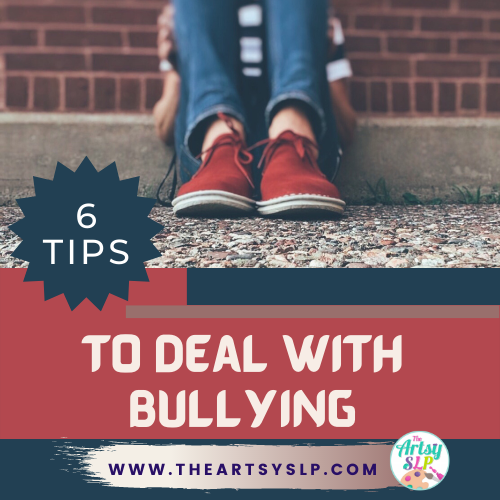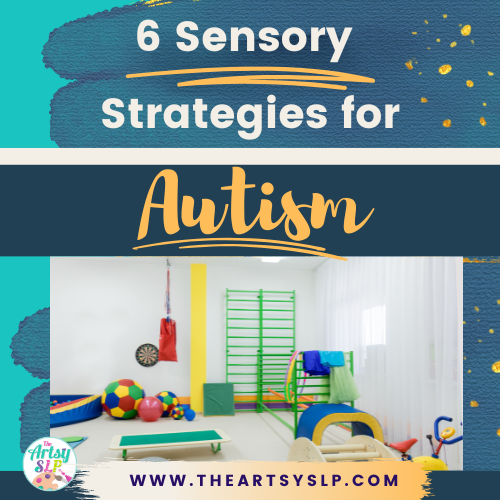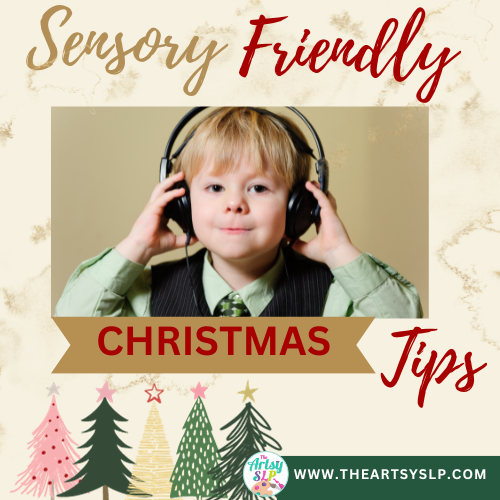Unfortunately, many children may experience bullying in school. Bullying can be subtle, such as, spreading rumors or intentionally excluding someone from a group. It can also be overt, such as, teasing or physically attacking someone.
For tips on teaching social emotional learning, read my blog post on 5 Simple Tips To Teach Feelings and Emotions.
What is bullying?
Bullying is an aggressive type of behavior where a person or group of people repeatedly cause someone personal injury, pain, or discomfort.
Who is at risk for bullying?
Any child is susceptible to bullying. However, children that are bullied are often have certain characteristics:
- Different from their peers: Anything that makes kids different from typical peers at the school could make them a target for bullying. This includes: being new to the school, being a different culture/religion, not dressing like the other kids, being overweight, wearing glasses, etc.
- Vulnerability: Some children are less likely to defend themselves, stand up to others, or have friends back them up. They may be viewed as vulnerable, weak, and as an easy target. Also kids that are sensitive and lack self-confidence may be more susceptible to bullying.
- Social Status: Kids that belong to a different social group from typical peers could be an easy target. Also children that are perceived as less popular or have fewer friends are also more likely to be bullied.
Why some children bully others
Many factors impact why a child bullies another child. However, children that bully others often:
- Want to maintain their social power: Some children feel pressure to adhere to the social norm and are easily influenced by peer pressure. Therefore, anyone who is different could be viewed an easy target. Kids may also bully others to hold onto their social status and to make themselves look better than others.
- Desire to fit in with others: The need to fit in and be like others is common with most children. However, some kids may feel that in order to maintain a certain status, they have to put others down. When in the group setting, some students bully others to feel good about themselves; despite the cost of how it affects their peers.
- Seek to control others: Some kids feel the need to control the behavior of their peers. They seek control to disguise feelings of inadequacy or feelings of insecurity about themselves. These children may feel helpless at home or in other aspects of their lives. Therefore, they may feel that bullying others will show the group that they are in charge and make them feel better about themselves.
6 Ways to Deal with Bullying
- Understand the definition of a bully. Children need to know what a bully is and understand if they may be the victim of bullying. It is helpful to talk with your child about the definition of bullying and signs to look for at school.
- Open the lines of communication. Encourage kids to talk with a trusted adult: parent, teacher, or counselor if they feel they are being bullied. Also, if a child witnesses bullying they should report it to a trusted adult. Ignoring the situation will not make it go away, it may only get worse.
- Learn to express feelings openly. Children that are the victim of bullying may find it difficult to talk about their experience. Talk with your child about their emotions and let them know that their feelings are important. Create a safe space and environment at home to let your child know that you are there for them. For more tips on teaching children resilience, read my post on Positive Self Esteem Activities for Children.
- Build self-esteem and resilience. Involve kids in activities that they may enjoy: join a sports team, karate, dance, gymnastics, take music lessons, join an art club, or other hobbies that foster self-esteem. When kids become involved in activities where they experience success, it helps them build resilience. This may also help your child overcome hardship and be better equipped to adapt to challenging situations. Click to view a list of Physical Activities for Kids or click to view a list of 100 + Hobbies for Kids.
- Model kindness and respect. Kids often observe their parents and how they handle different life events. Watch how you respond to challenging situation by modeling the appropriate way to respond. Model kindness by giving compliments, staying positive, saying please/thank you, letting others go first, or volunteering your time. Most importantly, demonstrate to your child that everyone should be treated equally.
- Stand up for others. Encourage your child to be kind to those that are bullied and let them know they are not alone. In the children’s book Braiding: Crowns of Friendship by author Christine Aldrich, she writes about how children can stand up to bullying and work together. Ms. Aldrich is the director of Extended Opportunity Programs and Services (EOPS) and Cooperative Agencies Resources for Education (CARE) at Compton College. Learn more about the author at: https://christinealdrich.me/ and click below to download her book.
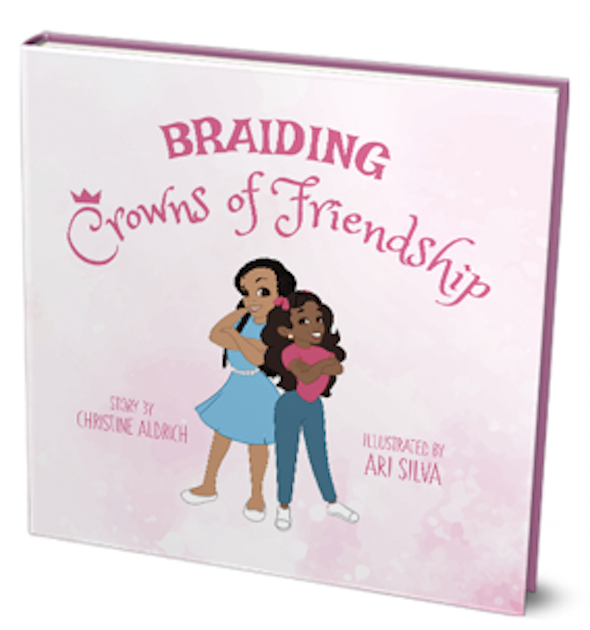
Need help teaching Social Emotional Learning (SEL)? Click to grab my Feelings and Emotions Freebie.
Conclusion
Overall, it helps to create a safe, loving, and supportive environment for your child. More importantly, assure your child that the bullying is not their fault and that you support them. Encourage your child to talk with you about any issues that may arise. If you feel that bullying is impacting your child’s mental health, then you may want to seek additional services through the school counselor, pediatrician, psychiatrist, or other mental health professionals.
Additional Resources
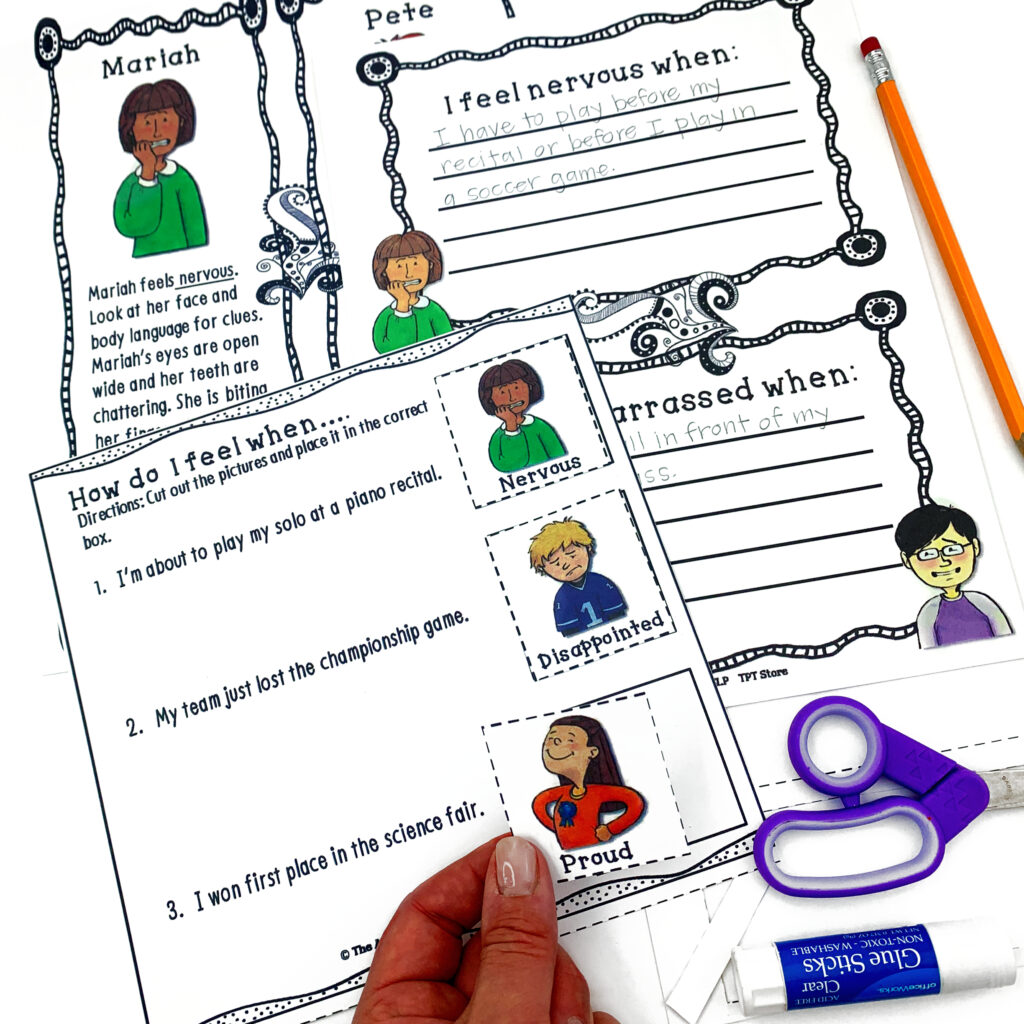
Strategies to Cope with Feelings
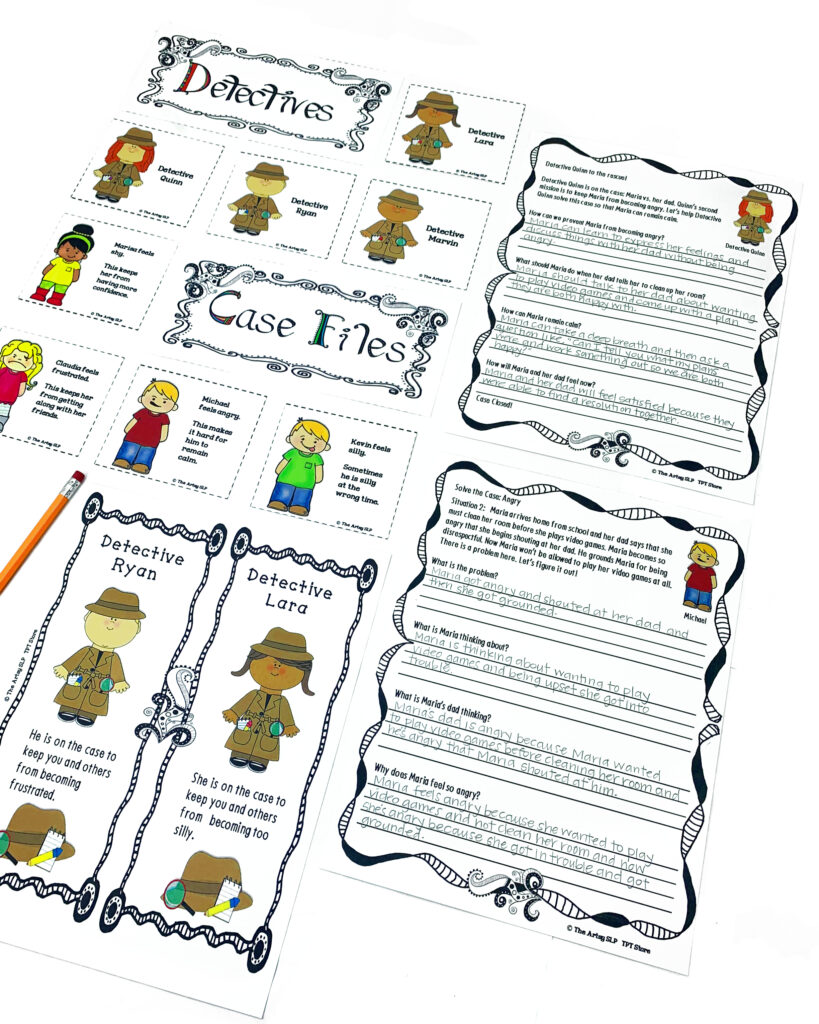
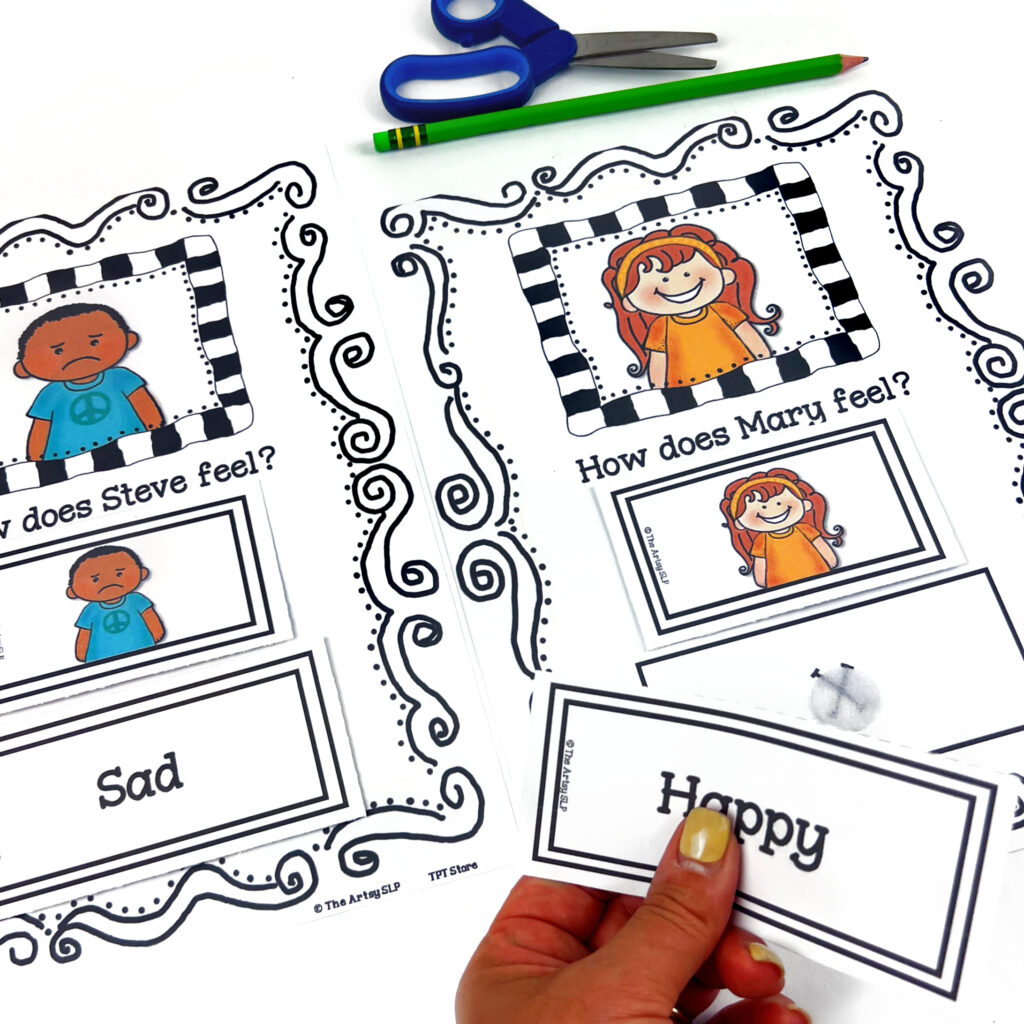
afgfadgdfa
dfadfadfafd
dafdafdafdfa


